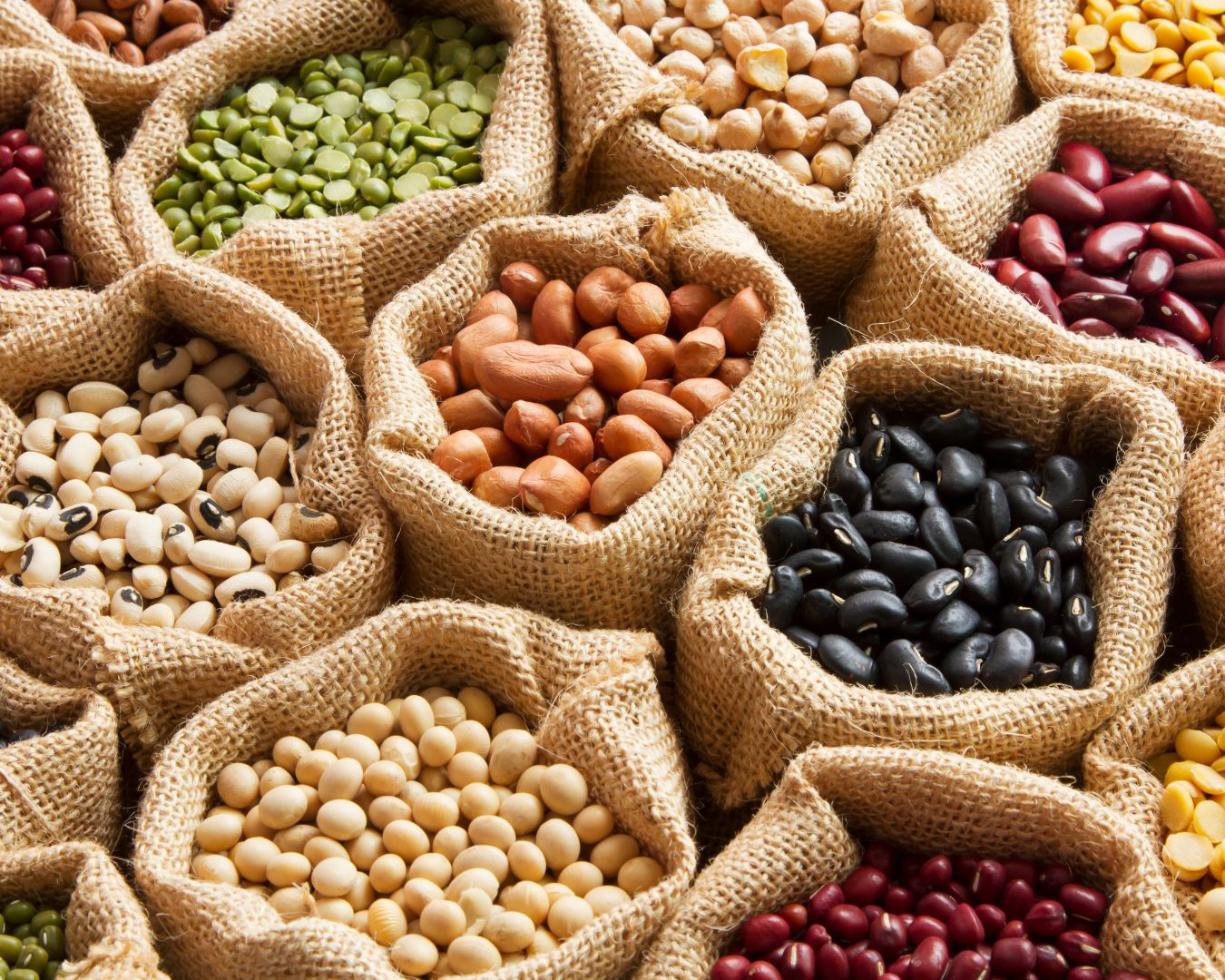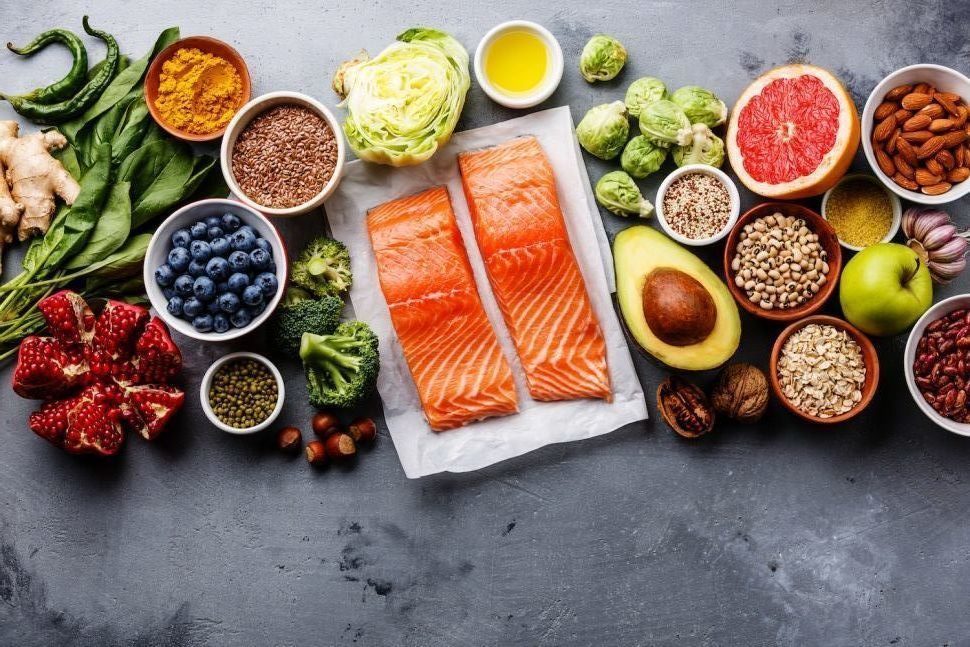Unique Recipes Featuring Legumes: A Versatile Superfood
Legumes, including beans, lentils, peas, and chickpeas, are a nutritional powerhouse. Rich in protein, fiber, and essential vitamins, they offer endless possibilities in the kitchen. Whether you’re looking for hearty meals or light, creative dishes, legumes are versatile enough to shine in various unique recipes. Below are some exciting ways to incorporate legumes into your cooking routine. Chickpea and Sweet Potato Burgers Chickpeas are an excellent base for plant-based burgers, adding both texture and flavor. This recipe combines chickpeas with mashed sweet potatoes, herbs, and spices to create a tasty alternative to traditional burgers. Ingredients: Procedure: Lentil and Mushroom Shepherd’s Pie This plant-based version of a classic shepherd’s pie uses lentils and mushrooms as the base. The earthy flavor of mushrooms pairs beautifully with the hearty lentils, creating a rich and comforting dish. Ingredients: Procedure: Black Bean and Quinoa Stuffed Peppers Black beans are perfect for stuffing vegetables, and when paired with quinoa, they create a filling, protein-packed meal. These stuffed peppers are colorful, flavorful, and nutrient-dense. Ingredients: Procedure: Red Lentil Coconut Curry Red lentils cook quickly and blend beautifully into a creamy coconut curry. This recipe is both quick and satisfying, making it perfect for a weeknight dinner or meal prep. Ingredients: Procedure: Spicy Roasted Chickpeas Looking for a healthy snack? Roasted chickpeas are crunchy, flavorful, and customizable to your spice preferences. They’re perfect for snacking, adding to salads, or as a crunchy topping for soups. Ingredients: Procedure: Legumes are incredibly versatile and nutritious, offering countless ways to incorporate them into your meals. From hearty main courses to light snacks, they can transform any dish into a delicious and wholesome creation. Whether you’re looking for a protein-packed alternative to meat or a plant-based option for your next meal, these unique recipes featuring legumes will inspire your kitchen adventures. Explore the world of legumes and enjoy their flavors, textures, and health benefits in every bite!


